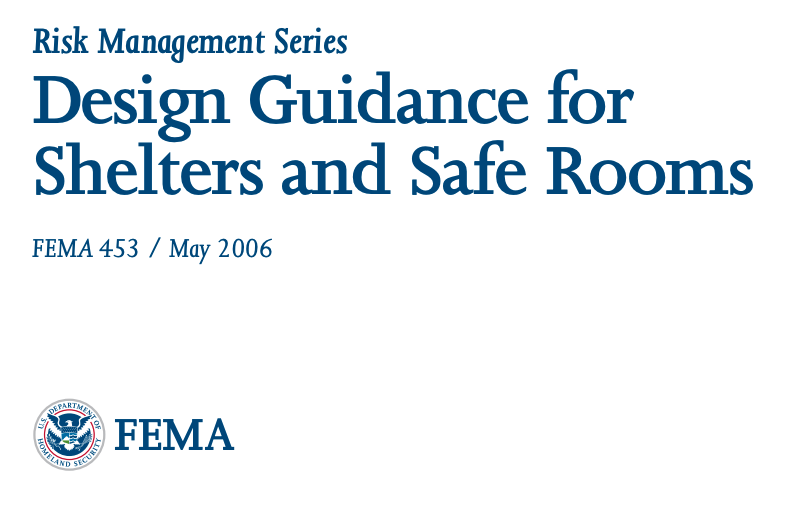
Is Japan the only developed country that shelters disaster victims in school gymnasiums? No, that's not true: the United States and many European countries also shelter people in gymnasiums. In particular, Japan does not shelter victims in school gymnasiums for long periods. Gymnasiums are used to shelter people during natural disasters such as earthquakes and hurricanes. The government and municipalities will be looking for hotels and inns for victims left homeless by this disaster.
The claim appeared in a TikTok video (archived here) on January 3, 2024. Translated from Japanese to English by Lead Stories staff, opened:
There are no developed countries that use gymnasiums as evacuation centers. This is poor care for disaster victims in Japan. This is not a beautiful touching story. Its human rights violations and harassment in Europe and America.
(Source: TikTok screenshot taken on Tue Jan 16 12:54:26 2024 UTC)
But Japan is not the only developed country that shelters disaster victims in school gymnasiums. In the United States disaster victims are sheltered there as well. For example, in the Maui fire of 2023, CNN reported (archived here) that hundreds of displaced Maui residents took shelter at the War Memorial Gymnasium, in Wailuku.
In 2022, Fox35 reported (archived here) that a high school gymnasium in Osceola County, Florida was transformed into a shelter from Hurricane Ian.
In the United States, where hurricanes are common, gymnasiums are designated as evacuation sites. For example, Sarasota County, in Florida, lists a dozen or so schools as hurricane evacuation centers on its website (archived here), as does Hillsborough County, also in Florida (archived here.) The Federal Emergency Management Agency lists some schools as evacuation centers in a Guidelines for Design of Structures for Vertical Evacuation from Tsunamis (archived here.) FEMA also lists gymnasiums as optional shelters in the 2006 document "Design Guidance for Shelters and Safe Rooms".


(Source: screenshot taken on Wednesday Jan 24 10:31:15 2024 UTC)
It is also common in Europe to use a gymnasium as a shelter. This happened in France when the country was devastated by several days of rain that caused rising waters and flooding. Euronews reported (archived here) that French President Emmanuel Macron visited Blendecques, northern France, on Tuesday, November 14, 2023, to meet with residents who took shelter in a gymnasium.
According to the booklet published by Disaster Prevention Information of the Metropolitan Government in Tokyo (archived here), the gymnasiums/schools are considered temporary or short-term evacuation sites. If an evacuation order is issued or a fire threat is imminent, temporary evacuation areas (e.g., nearby elementary or junior high schools, parks) are the places to consider. If one's home has been damaged and it is difficult to continue living there, the evacuation area can be considered a temporary shelter. But, for example, Funabashi city, in Chiba prefecture mentions (translated from Japanese into English by Lead Stories staff):
[...] The city does not recommend bringing tents, etc. to the evacuation site and living in the evacuation site, and it is intended as a space (open space) for evacuation in the early stages of a disaster [...]
[...]"Evacuation shelters" are provisional shelters provided by the city as temporary places to live when disaster victims' homes are expected to be in danger or their homes are lost due to damage to their homes. This is an accommodation facility [...]
Secondary accommodation shelters are provided to the evacuees by the government or municipalities (archived here.) Usually, hotels are used as secondary shelters. In the case of the January 1, 2024 earthquake in Noto, Japan, Toyama prefecture which is next to Noto (Ishikawa prefecture,) is ready to accommodate (archived here) the evacuees from the earthquake. Disasters and human rights are closely related, states the Tokyo Metropolitan Human Rights Promotion Center (archived here.)
[...] Continuous improvement can be made and more than anything, it's about "connections between people."













